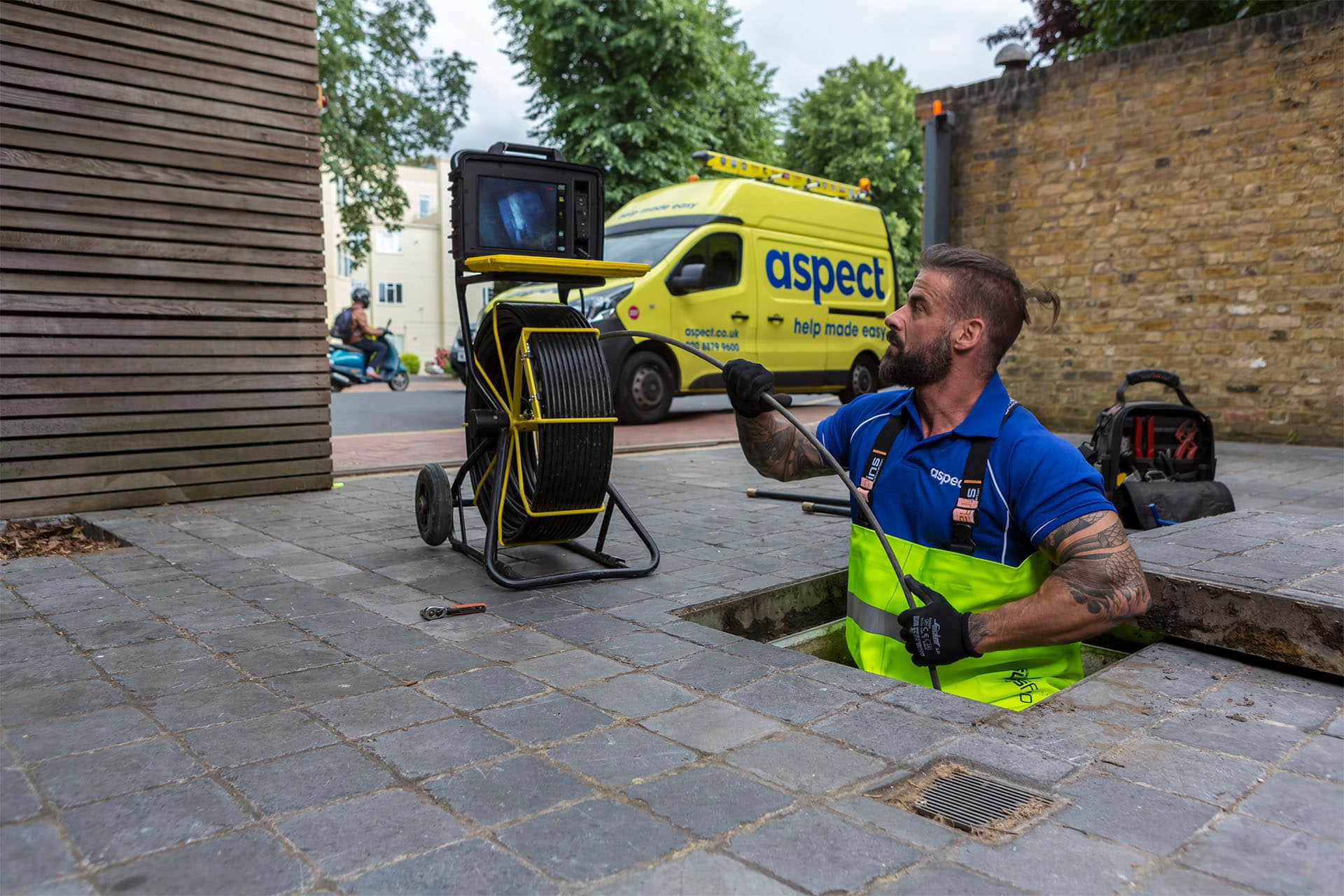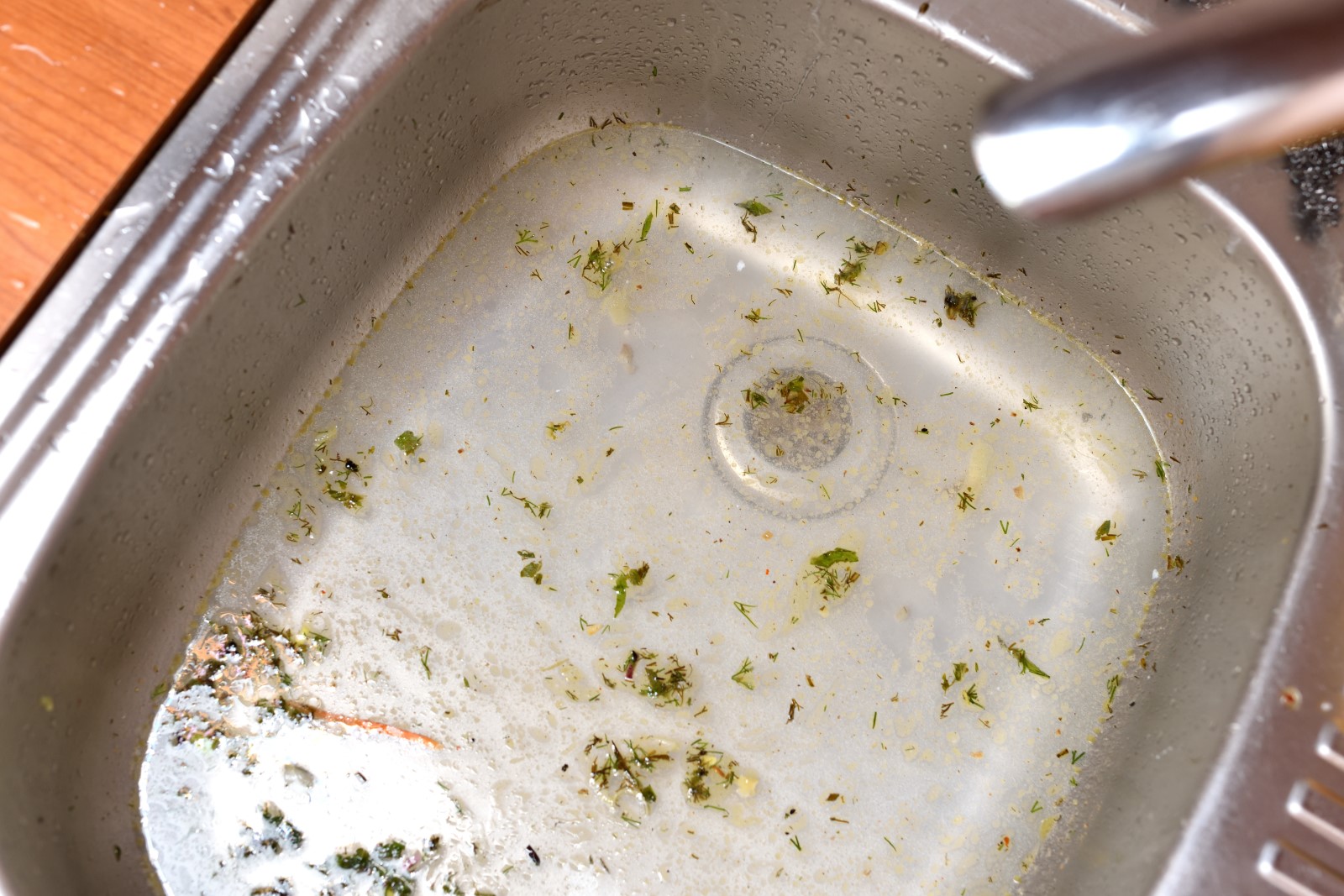Nearly everybody maintains their personal theory when it comes to Some easy tips to fix blocked drains.

Introduction
Taking care of a blocked drain can be an aggravating experience, disrupting day-to-day activities and potentially causing damages to your residential or commercial property. Nonetheless, prior to reaching out to plumbing experts, there are steps you can take to attend to the issue on your own. In this guide, we'll explore do it yourself services and preventive measures to tackle an obstructed drainpipe effectively.
Recognizing the Issue
The initial step in dealing with a blocked drain is recognizing the indications. Slow drain, gurgling noises, foul odors rising from drains, or water support up are common signs of a blocked drainpipe. Recognizing these signs early can help protect against even more issues.
Picking the Right Pipes Service
When choosing a plumbing service, think about aspects such as experience, licensing, and client reviews. Pick a trusted plumbing technician with a record of quality workmanship and clear rates practices.
Expense Considerations
The cost of professional drain cleaning services can vary relying on the seriousness of the blockage and the plumbing technician's rates. Demand quotes from several providers and ask about any kind of surcharges to make sure transparency and avoid shocks.
Safety and security Precautions
When attempting DIY drainpipe cleaning, prioritize safety and security. Use safety handwear covers and eyewear to prevent contact with unsafe chemicals or germs. Never ever mix different drain cleansing items, as this can create unsafe fumes.
Instance Studies
Real-life instances illustrate the efficiency of DIY remedies and the importance of timely professional intervention in solving drainpipe obstructions.
Usual Sources Of Obstructed Drains
Comprehending the elements that contribute to drain obstructions is crucial for reliable resolution. Typical perpetrators include hair, soap residue, oil, food particles, and international objects like hygienic items or paper towels. Tree origins invading underground pipes can additionally trigger significant blockages.
Do it yourself Solutions
For small blockages, several do it yourself remedies can be effective. Pouring boiling thin down the drain can help liquify oil and particles. Sodium bicarbonate and vinegar or a blend of salt and cooking soft drink can serve as natural cleansers. Using a plunger or pipes serpent to displace obstructions is one more choice.
Tools and Devices
Having the right devices handy can make do it yourself drainpipe cleansing much more effective. A bettor is a flexible device for removing obstructions in sinks, bathrooms, and showers. A plumbing serpent or auger can get to much deeper clogs, while drainpipe cleaning chemicals can be utilized meticulously for persistent clogs.
Safety nets
To stay clear of future clogs, taking on preventive measures is critical. Set up drainpipe guards or filters to catch hair and debris before they go into the pipelines. Routinely flush drains with hot water to liquify oil accumulation, and stay clear of getting rid of oil or strong waste away.
When to Call a Specialist
While do it yourself remedies can deal with minor clogs, certain signs indicate the requirement for specialist aid. Relentless blockages, foul odors despite cleaning up efforts, or numerous drains pipes supporting concurrently are red flags that call for professional intervention.
Verdict
By following the tips outlined in this overview, you can properly deal with blocked drains and prevent future pipes concerns. Whether selecting do it yourself services or seeking specialist assistance, timely action is vital to keeping a healthy and balanced plumbing system and preserving the honesty of your home.
How to Clear a Clogged Drain Yourself (And When to Call In the Professionals)
What Can Clog a Drain
Dirt Skin flakes Hair Grease Soap scum Food Offset pipes Tree roots Small objects Mineral buildup DIY Tricks to Unclog a Drain
You can fix this! Once you have identified the source of the clog (or have a vague idea), you can try one or a combination of these fixes in order to clear your plumbing.
Wire Hanger or Snake
Untangle and clear out hair from a drainpipe with a homemade snake. Use a straightened-out wire hanger with a 90-degree angle hook to locate the clog and drag out any unwanted material.
Remember not to push the clog further down to where the wire hanger cannot reach! If you need to follow up with a plunger, give it a try. Your efforts might be more successful after it’s been wire-snaked.
If you want to get fancy and don’t have a wire hanger to spare, head to the store and pick up a hand-operated drain snake. You can get one for $10-$30. It may save you the hassle, and provide additional length to reach deep into the clogged pipe.
Plunger
A cup plunger has a suction cup attached to a wooden handle. The rubber creates a seal around the drain, and increases the pressure force of the plunger.
Plunge for 30-second increments to loosen the clog. This may need to be repeated over the course of 15-20 minutes. Once plunged, run the water to flush the remaining material out of the drain.
Remember– never use a plunger if you have used a chemical drain cleaner. These chemicals can splash up from the force of the plunger and cause serious injury or burns.
Boiling Water
Hot water can sometimes break up materials into a flushable amount. Dirt, grease, and soap buildup requires heat in order to unstick from surfaces.
Take your kitchen kettle and heat your water to a boil. Once it reaches a rolling boil, pour it directly down the drain into the blockage. Carefully follow with plunging, if necessary.
Don’t worry if this takes more than one try! It can often take multiple kettles and repeated plunging in order to clear a particularly stubborn clog.
Chemical Drain Cleaner
As a last resort, pick up a bottle of chemical drain cleaner. Drain-cleaning chemicals are potent, and not very good for the environment.
You may need to wear protective eyewear in gloves before handling your bottle of chemical drain cleaner. Follow the instructions printed on the bottle, and flush with water as soon as the instructions allow. Do not follow with plunging.
Baking Soda and Vinegar
As a safer alternative to chemical drain cleaner, baking soda and vinegar can create a chemical reaction that clears tough clogs.
Combine one cup of cleaning vinegar with one cup of boiling water, and set aside. Once you have done this, pour half a cup of baking soda down the drain. Give the baking thirty seconds to settle and cover a large portion of the problem drain.
Following the baking soda, pour down your vinegar and hot water solution. Once the vinegar and baking soda combine, the mixture will bubble and fix. Let this reaction fizzle in the drain for about an hour.
After an hour, follow with a kettle’s worth of hot water. The heat and liquid should flush out any remaining material.
When to Call a Plumber
If your DIY attempts haven’t cleared your clog drain, it’s time to call in a professional. It’s not worth losing access to your kitchen sink or high-traffic bathroom. A clog in a vital area can keep you from the things you’d rather be doing, and derail your routine.
Anytime a clog is causing water to spread is a time to call in a plumbing service. What starts out as a little bit of water can quickly grow into serious, expensive water damage.
Additionally, a serious clog can result in burst pipes or serious leaks. Make sure you know when to take it seriously!
https://myguysnow.com/how-to-clear-a-clogged-drain-yourself-and-when-to-call-in-the-professionals/

Hopefully you liked our part on How to handle a clogged drain in your home. Thank you so much for taking a few minutes to read through our article. Appreciated our content? Please share it. Help other people discover it. Thanks for going through it.
Book Your Installation